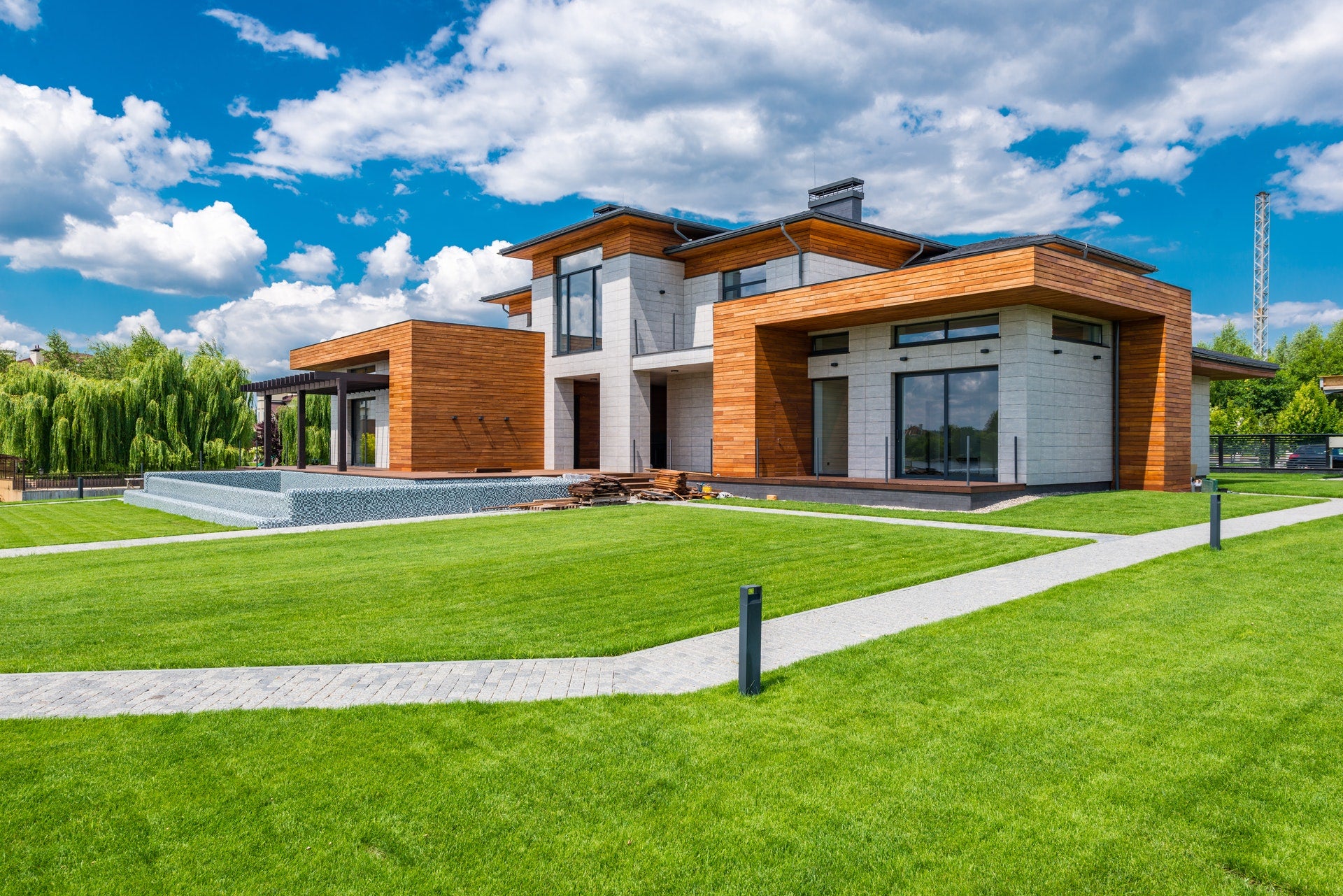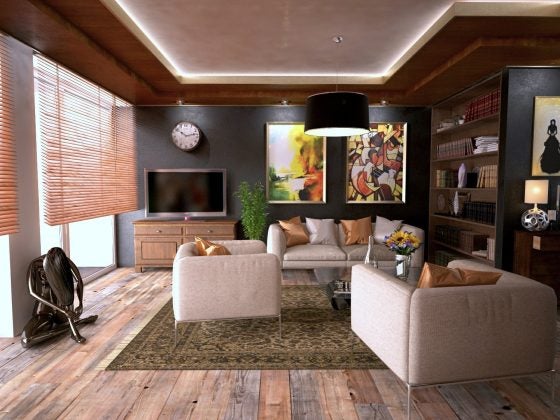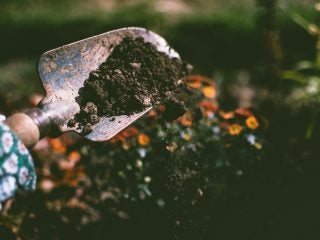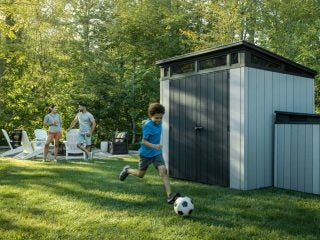Structural cracks occur due to poor construction sites, bad soil bearing, or overloading. They are usually vertical cracks that are wider at the top or bottom. They are more comprehensive than 1/8. They are found in the beams or foundation slabs. Structural cracks may not introduce water immediately, but over time, they are likely to.
Cracks in the concrete walls and foundation indicate a significant shift in the home or building foundation. Ignoring or delaying the repair will lead to further problems and expenses. To address this issue, you need to consult a Structural Engineer.
Repair methods
Repair solutions for structural cracks include wall plate anchors, reinforcing steel beams into the damaged walls, carbon fiber straps, and push piers.
Carbon fiber straps
A long-term Richmond foundation repair option is carbon fiber straps. Carbon fiber straps are used to stabilize and repair foundation walls. It is a good strength strand which is woven into a fabric. It is unbreakable and non-stretchable. When repairing a structural crack, it is epoxied to the cracked wall at intervals based on the type and intensity of the damage. A steel angle is placed to the top of the wall and between floor joists. It makes the wall fully stabilized and no more movement can then occur.
Push piers
Installing a push pier system is another solution. In this method, soil is removed to expose the foundation footing, and here the pier will be driven. Then a heavy duty steel bracket is placed below the footing. The weight of the home is then shifted through the piers on the load-bearing soil. After this, the settled foundation is back to its original state.
Drywall
The best method to repair a crack in drywall is to re-tape the joint. The process includes scraping away the old loose tape and filling in the crack with the drywall material. After filling the cracks, the repairer applies new tape. To get a smooth wall apply at least three coats of drywall material over the tape, and do not forget to sand every coat after it dries. Let the first coat dry before you apply the next coat. If you are planning to fill cracks with spackle, then it’s not recommended and worth it. Because the spackle will not provide coverage like re-taping, it is not a long-lasting repair option because cracks can show up again due to slight settling.
Wall plate anchor
To install wall plate anchors, remove a small portion of sod in the yard close to the affected wall. A tiny hole is drilled through the bowing wall while a rod is driven into the hole to join the anchor outside. Then a wall plate is joined over the rod. The plate is tightened and held in place. It is done to avoid any cracks or straining under the pressure of straightening.
These are some repair methods used to fix the structural cracks. You can choose from the options depending upon your need and budget.


















